- Home
- Definition
- Project Contract Structure
Project Contract Structure
Published: 2012-05-29
Last updated: 2022-03-07
Which project contract structure shall we use for our project? This is one of the most fundamental decisions we have to take in project definition phase. In order to provide you some orientation, we describe the basic contract structures available, and their most important advantages and disadvantages.
When do we need a contract? Organization A (or party A) wants to undertake a project and it is clear that within A there are not all necessary resources available. Then, A needs support or contributions from one or more other organizations B, C, etc. (parties B, C, etc.), to be able to carry out that project. Usually, these different parties are different legal entities, that is different companies. Then, we need contracts between the different involved parties to determine and define the rights and obligations of each party.
On this page, we give short explanations of contract structures we often see:
- Bi-lateral contracts
- String contracts
- Parallel contracts
- Tri-lateral contracts
- Project consortium contracts
(1) Bi-lateral Contracts
A bi-lateral contract is the simplest project contract structure. There is one party A asking for support by another party B.
The scope of support party B has to deliver can be just about everything, from a part of a machine to a small sub-project or even the whole project, depending on the sets of skills and capabilities of parties A and B. All terms and conditions of a bi-lateral contract are under control of the two parties.
(2) String Contracts
A string contract represents a string of bi-lateral contracts between three or more parties.
A contracts B, B sub-contracts C, maybe C sub-sub-contracts … In a string contract structure, the terms and conditions between two parties of the string (e.g. between B and C) are not necessarily under the control of any of the other string parties (e.g. A).
(3) Parallel Contracts
If party A wants to be in full control of all contracts it chooses a parallel contract structure.
A necessary precondition for successful contract management is: Party A needs to have all resources and skill sets of the required project management and coordination, including contract management.
(4) Tri-lateral Contracts
For large and complex projects it might be appropriate to setup a tri-lateral project contract structure in which party A "delegates" certain tasks and / or decisions to a third party C, while party B remains the main supplier of the project results. Party C takes over partial responsibilities, e.g. in project coordination, verification of design and engineering results, or design approvals, etc.
Most of these trilateral or triangular contracts are based on templates provided by the International Federation of Consulting Engineers, FIDIC (which actually stands for the French name of that organization, Fédération Internationale Des Ingénieurs-Conseils). In FIDIC based contracts, we call party A the Employer, party B the Contractor, and party C the Consulting Engineer.
There are different types of templates, including
- FIDIC Conditions of Contract for Construction (New Red Book)
- FIDIC Conditions of Contract for Plant and Design/Build (New Yellow Book)
- FIDIC Conditions of Contract for EPC Turnkey Projects (Silver Book)
- FIDIC Short Form of Contract (Green Book)
You find a wealth of information about FIDIC on their site www.fidic.org, especially in their bookstore.
The biggest advantages of the triangular contract structure are their relevance for larger projects and the possibility of delegating certain project management and other responsibilities to a third party. However, a disadvantage is the behavior of some engineers or consultants who are scared, not able or not willing to make clear decisions - e.g. in case of design approvals - and thus, delay the work progress in their projects.
(5) Project Consortium Contracts
For very complex projects which need the contribution of different large companies these companies can setup a consortium. In this project contract structure, there is one contract that binds the consortium partners, e.g. companies B, C, D and E, together into the consortium, and another contract between the project owner, party A, and the consortium.
If there is one consortium partner, company B, who fully represents the whole consortium, we call it a closed consortium. In such a case companies C, D and E cannot directly deal with the project owner, party A, except through the consortium leader, company B.
In some very large and complex projects, all the consortium partner companies want to reserve the right for dealing with the project owner, party A, directly to a certain extent: e.g. design approvals, site access rights, invoicing, etc. Usually, this weakens the position of the consortium leader.
Summary:
The project contract structure should always reflect the working relationships of all involved parties, as closely as possible. It should also reflect the chain of value creation of the project, as detailed as necessary. In order to make contract management, change management and claim management as well as project claim analysis easier, the contract structure should be as simple as possible.
35+ templates, tools, and checklists in one set
To save you time in your daily work as a project manager, I packaged more than 35 project management templates, tools, and checklists into one zip file.
- You un-zip it, and you get all items in formats you can edit to your requirements.
- They strictly contain only standard functionality and no macros or other code.
- You are allowed to use your logo.
or click here for more info.
Traditional PM
Learning Path Navigation
|
|
|
Return from Project Contract Structure to Home Page
|
|
|
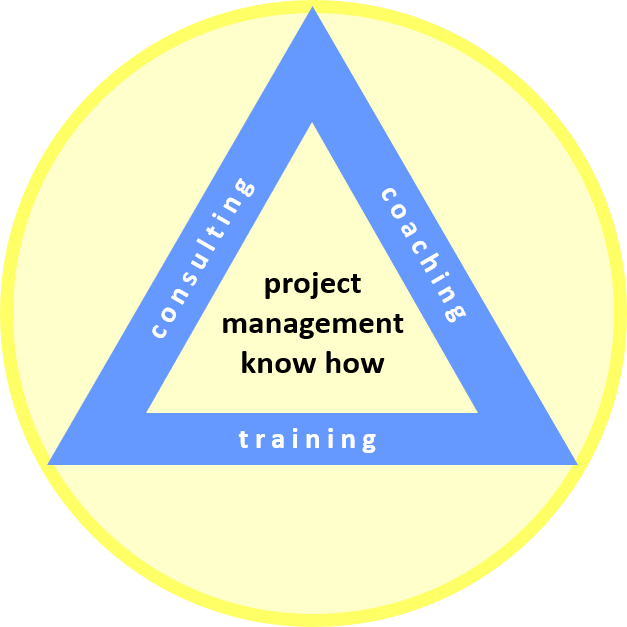
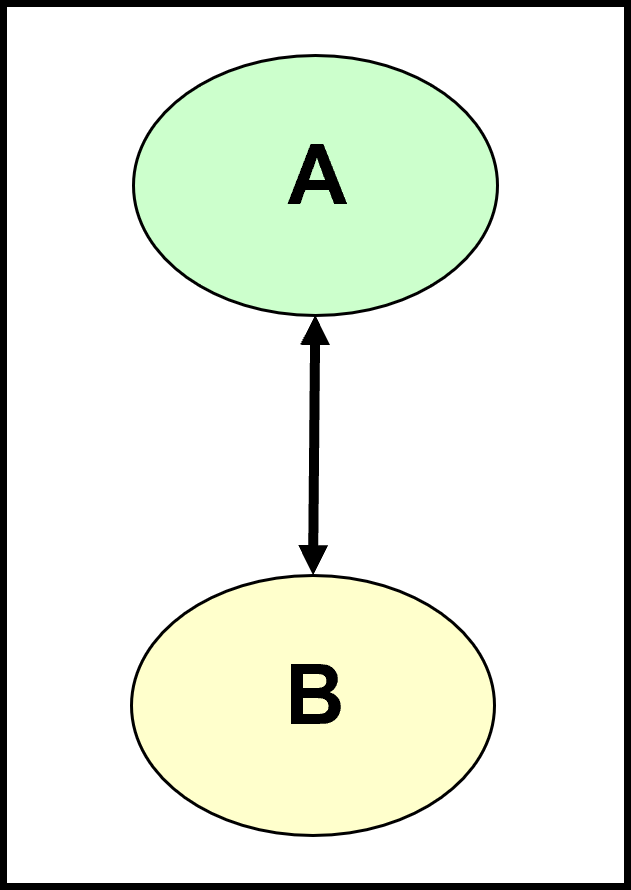
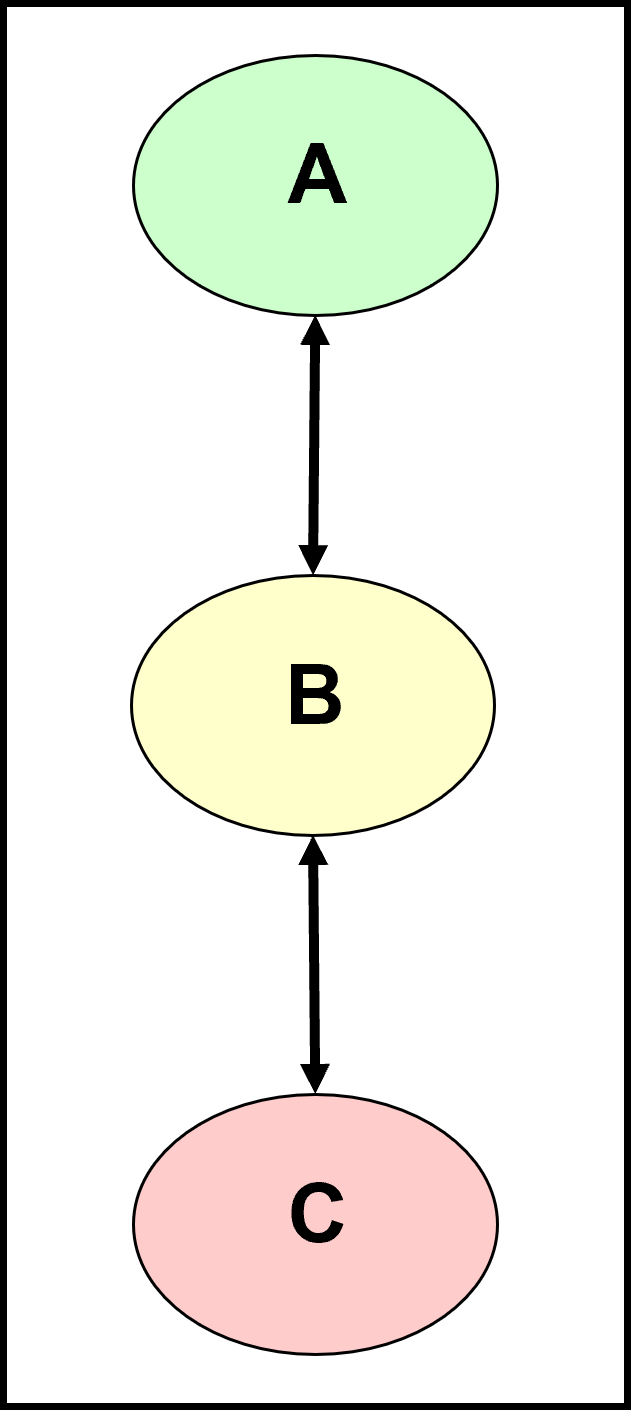
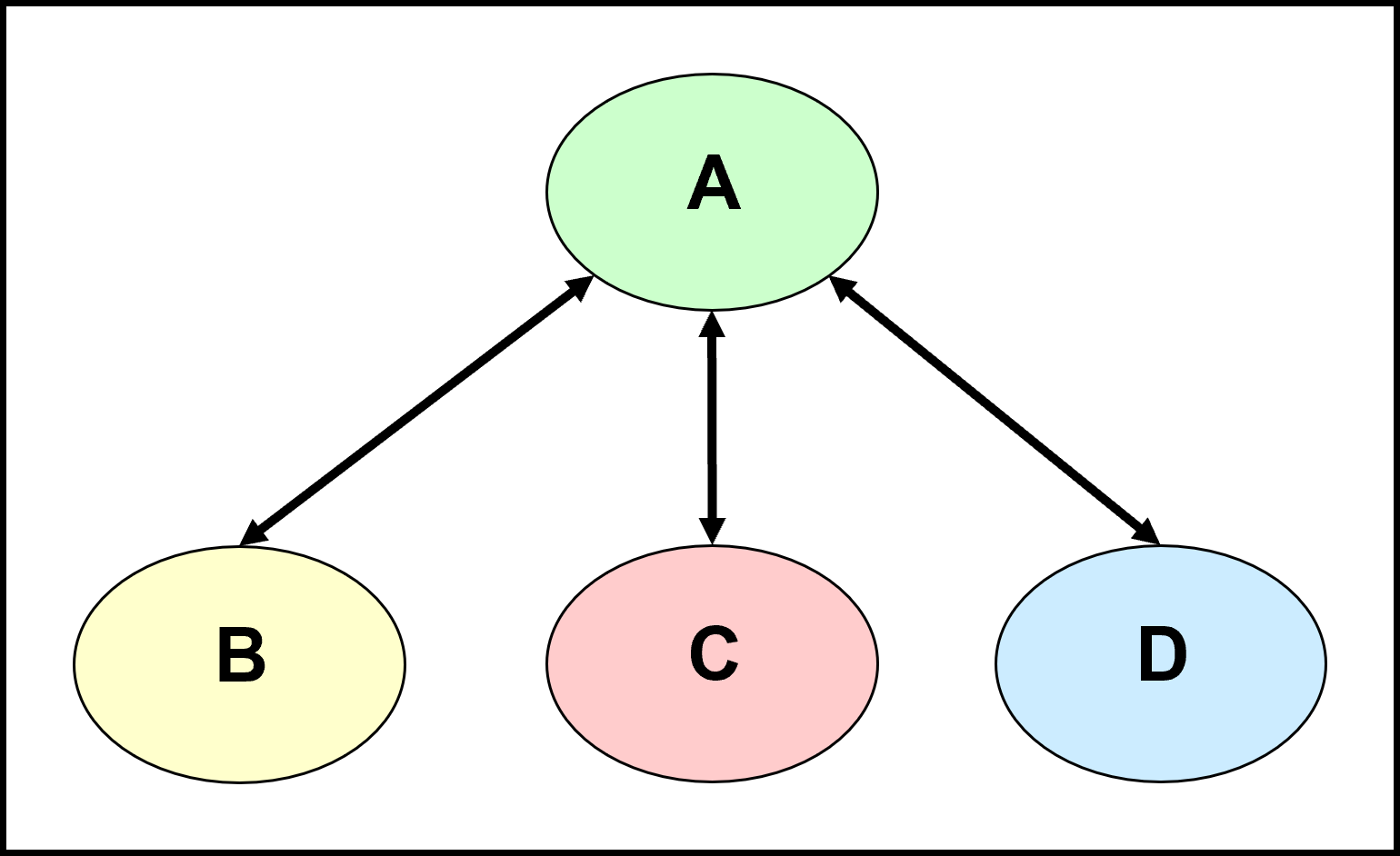
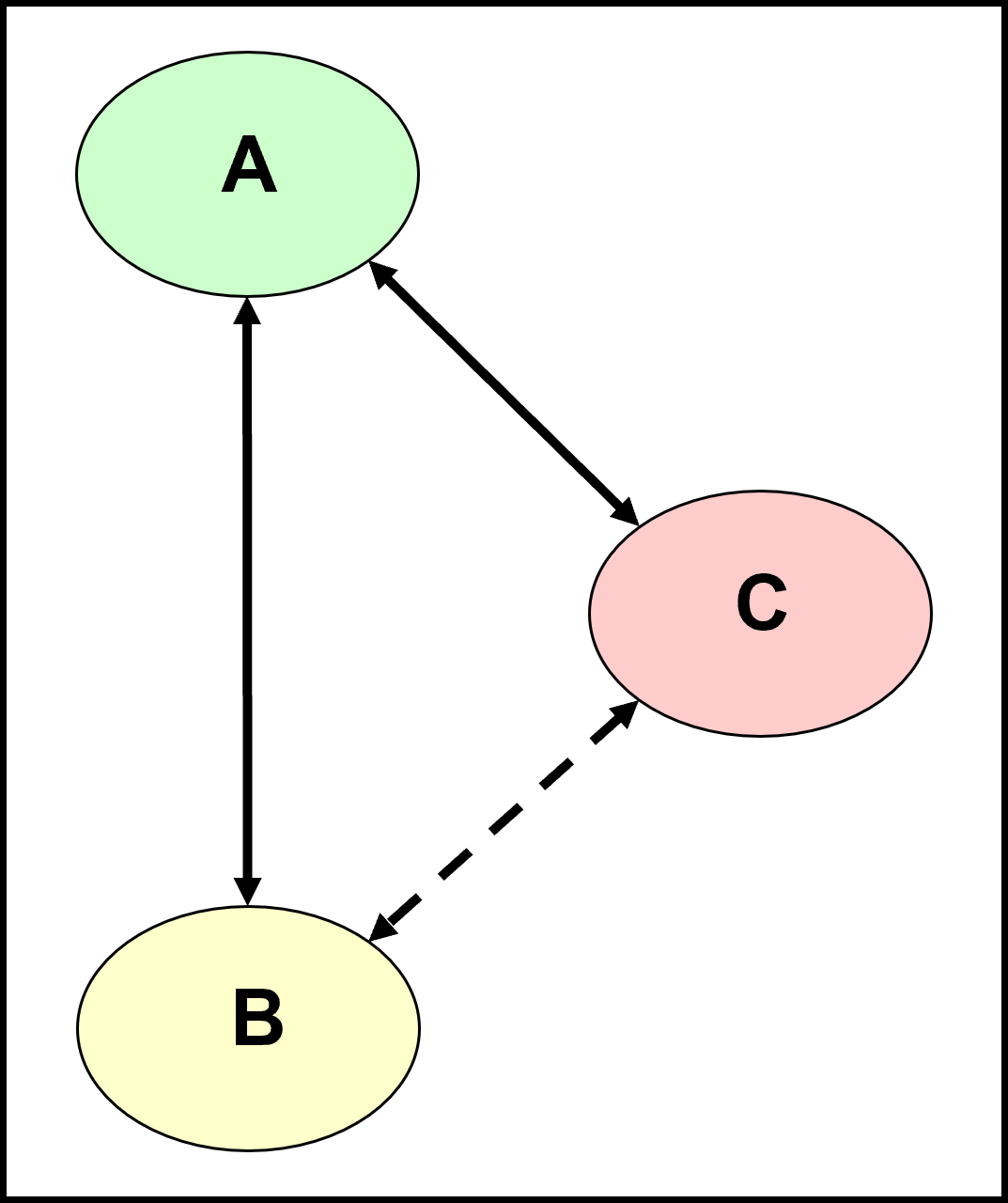
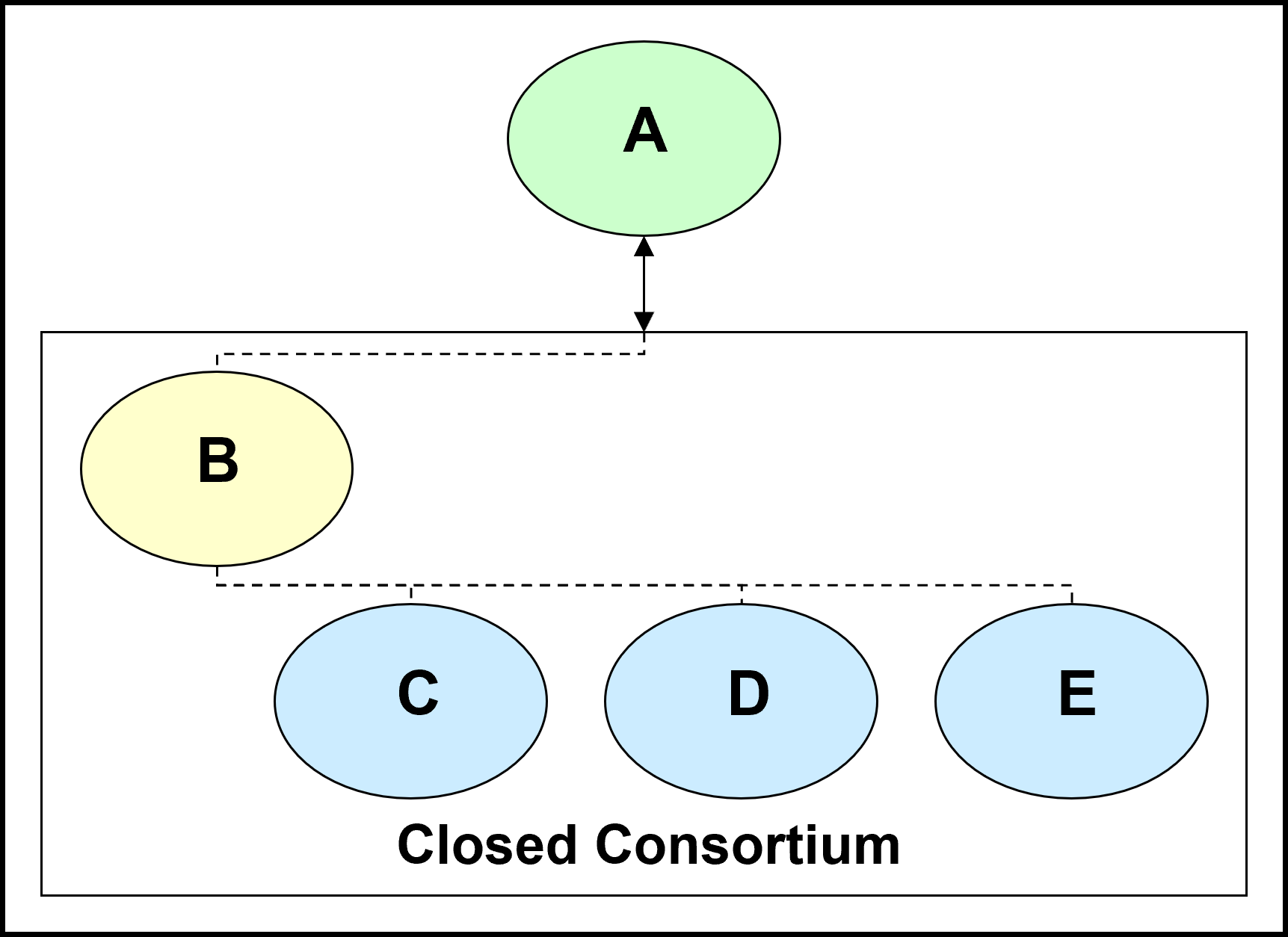
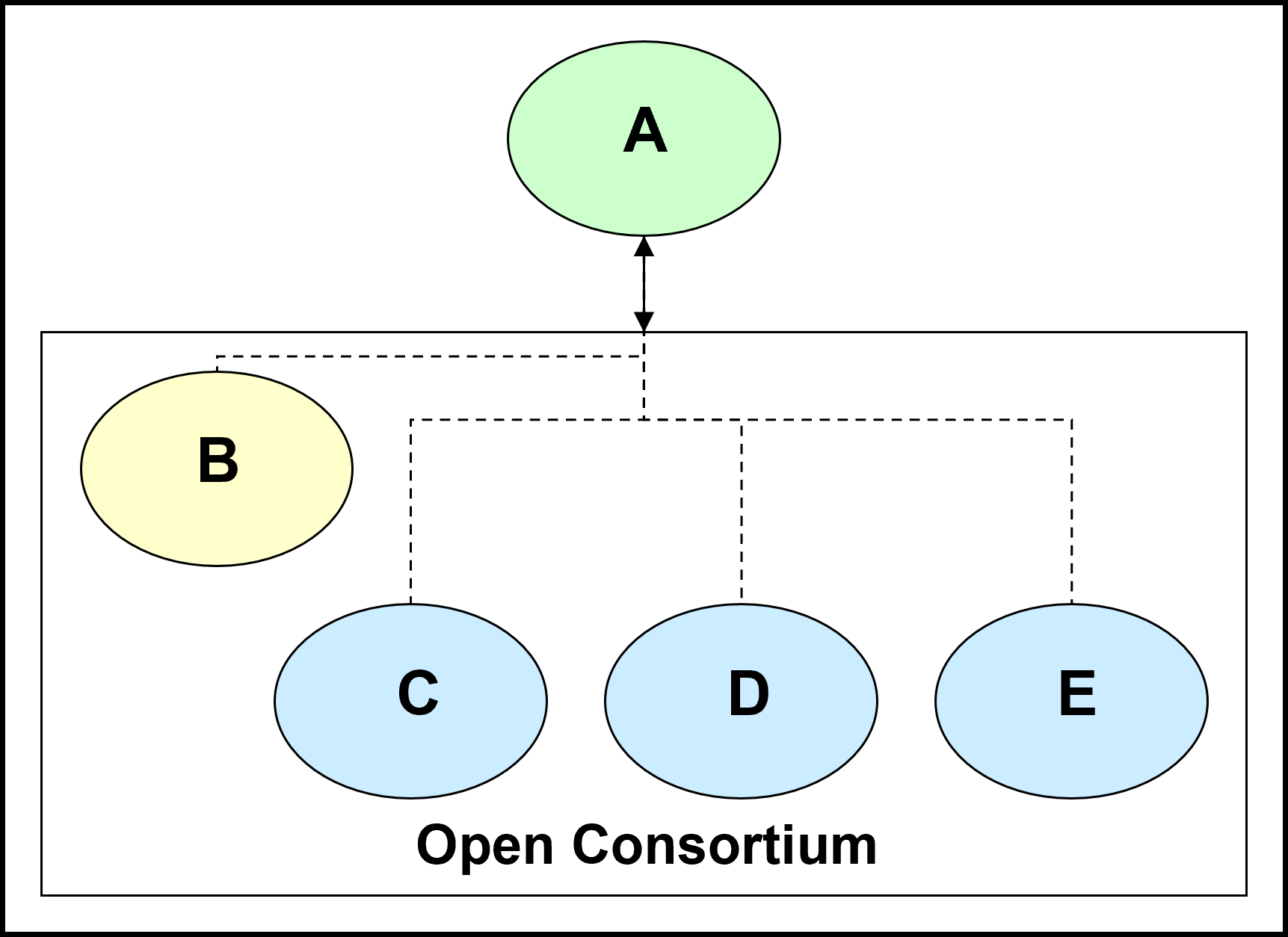

Your Comments
Have your say about what you just read! Leave me a comment in the box below.